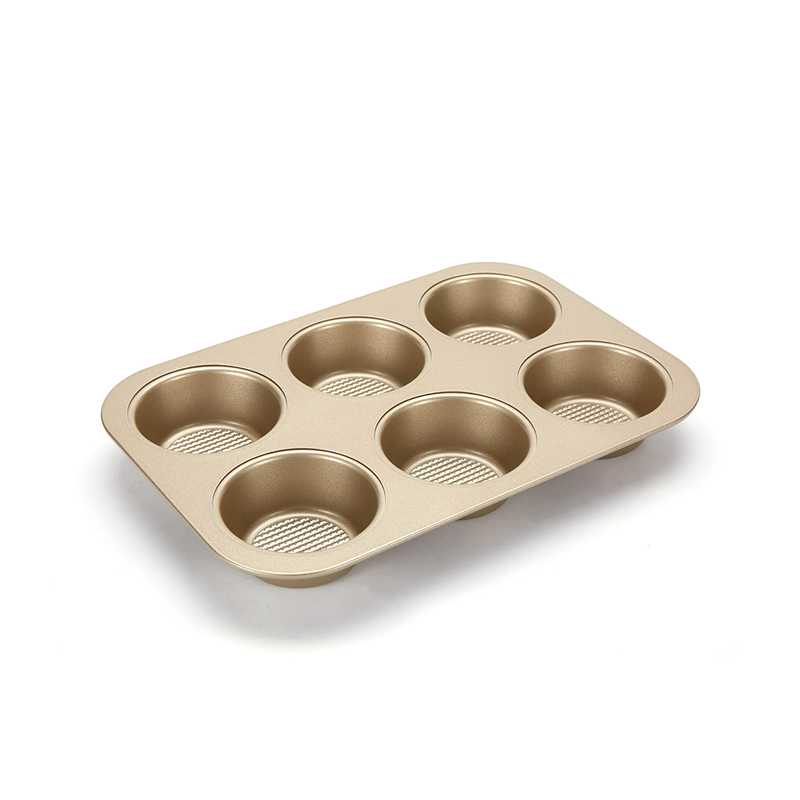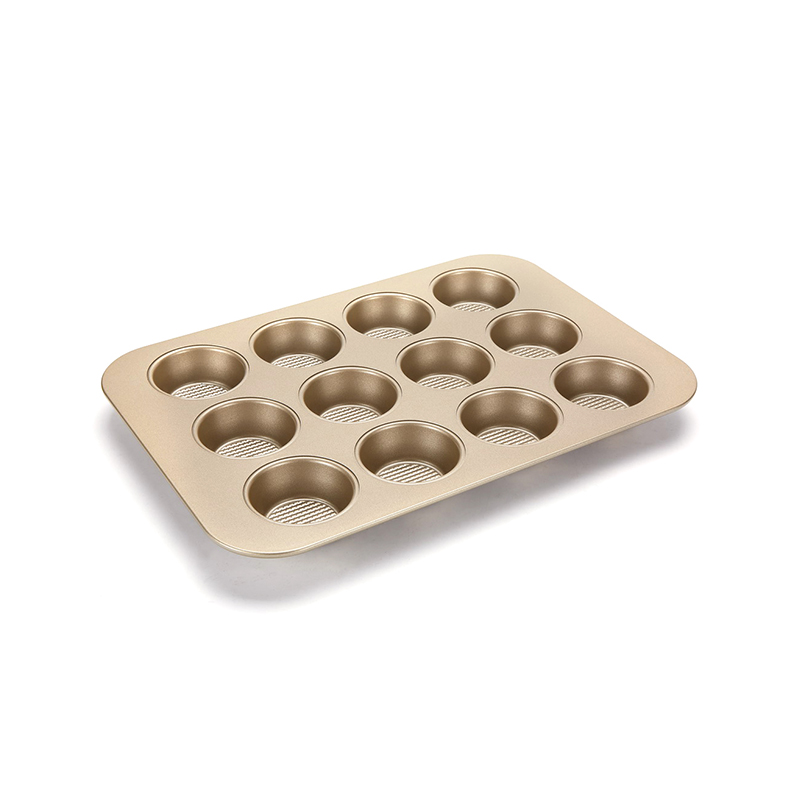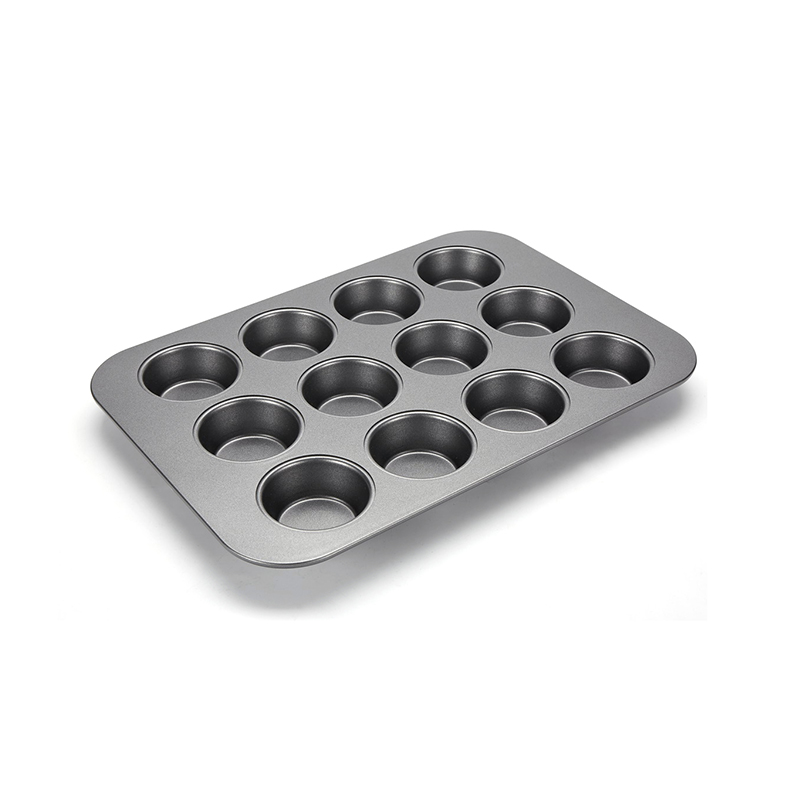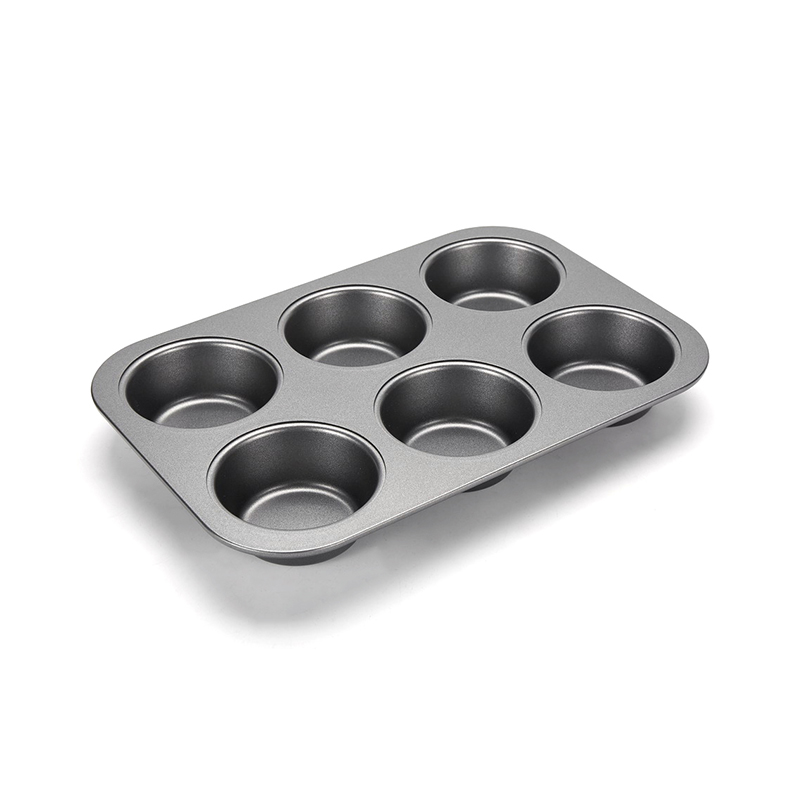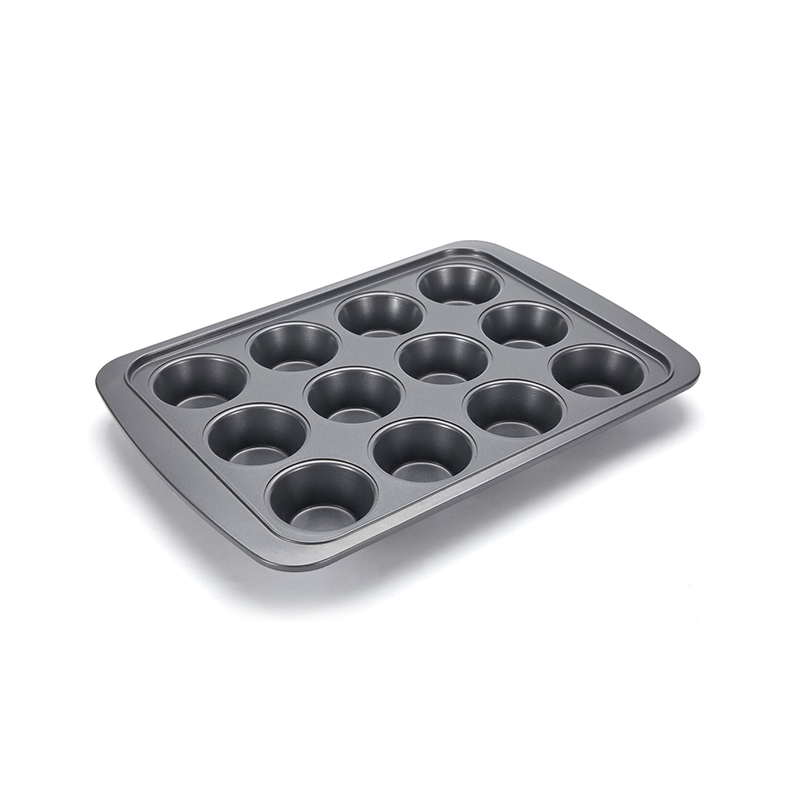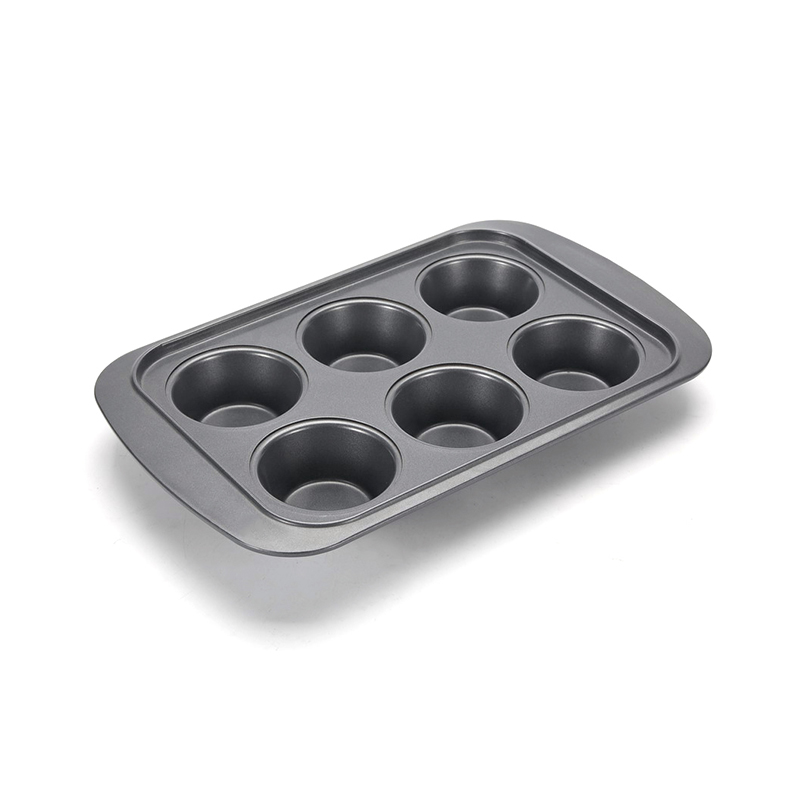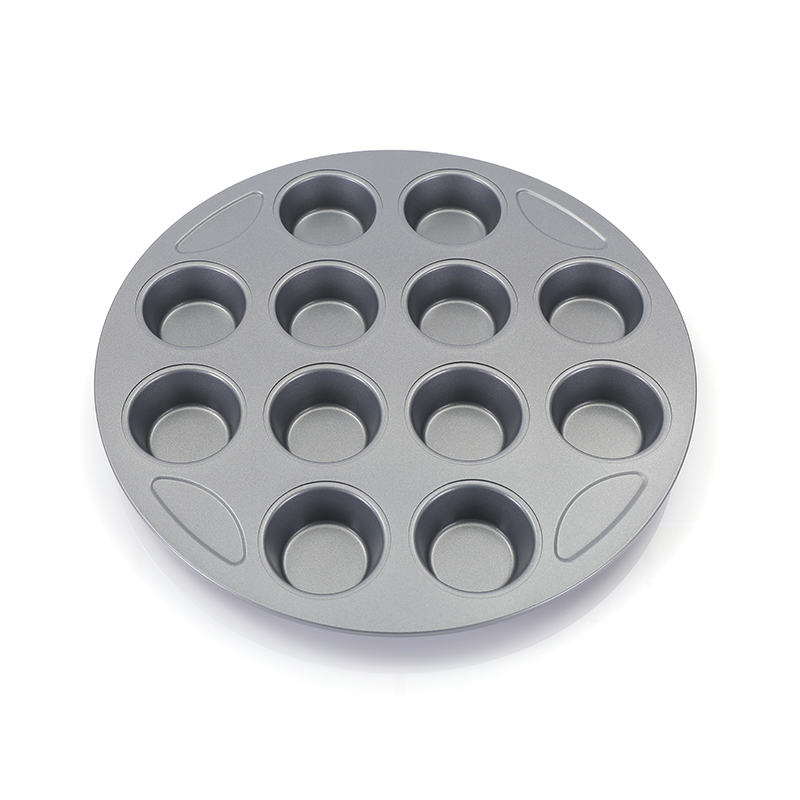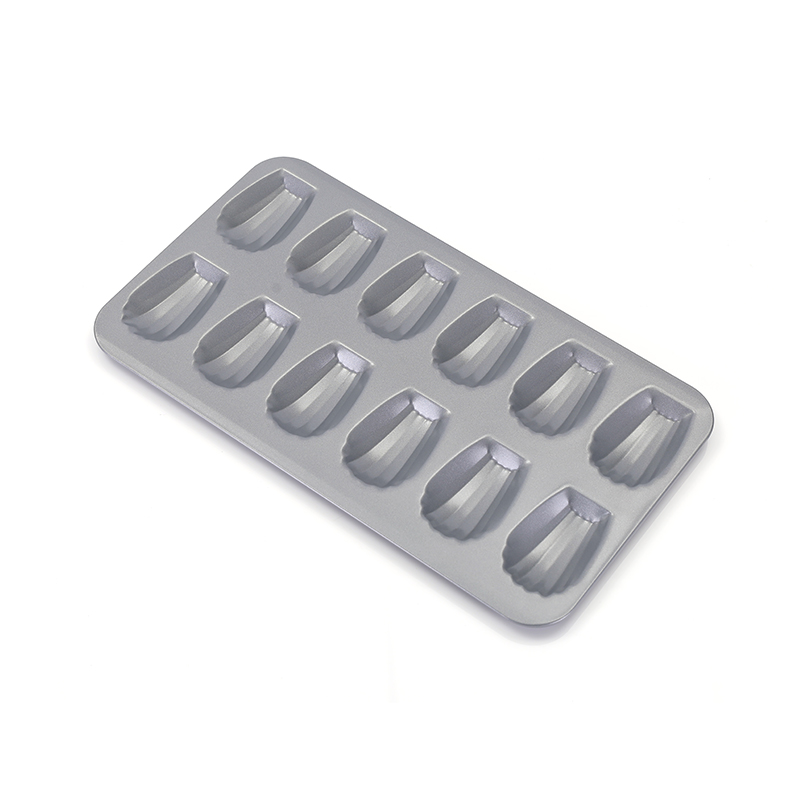Baking Pan is a fundamental tool for home baking, providing the foundation for creating a wide variety of baked goods. From cakes and brownies to savory dishes like lasagna and roasted vegetables, the right baking pan ensures even cooking, proper texture, and appealing presentation. Choosing an appropriate pan affects both the cooking process and the final result, making it essential for both beginner and experienced bakers.
Types of Baking Pans and Their Uses
- Square Pans
Square pans are ideal for brownies, bar cookies, and layered desserts. Their uniform shape helps distribute heat evenly, resulting in consistent baking. They are versatile and can also be used for roasting vegetables or baking small casseroles.
- Rectangular Pans
Rectangular pans are commonly used for lasagna, sheet cakes, and large baked dishes suitable for family gatherings. Their larger surface area allows for even cooking of thicker or larger portions, making them perfect for recipes that require more volume.
- Round Pans
Round pans are classic for making cakes, tarts, and pizzas. Their circular shape ensures even heat distribution around the edges, helping the food cook uniformly. They also make slicing and serving easier for circular desserts.
- Non-Stick Pans
Non-stick baking pans are coated to prevent food from adhering to the surface. They simplify the removal process, reduce the need for excessive greasing, and make cleaning more convenient. Non-stick surfaces are especially helpful for delicate baked goods that might break when removed from a standard pan.
Key Considerations When Choosing a Baking Pan
- Material: Common materials include aluminum, steel, and ceramic, each with unique thermal properties. Aluminum heats quickly and evenly, steel offers durability, and ceramic provides aesthetic appeal and gentle heat.
- Size: Select a pan size that matches the recipe and the number of servings needed. Using a pan that is too small or too large can affect cooking time and the final texture.
- Depth: Deeper pans are suitable for layered dishes or thick batters, while shallow pans are better for thin layers and quick baking.
- Handle Design: Pans with handles provide easier maneuvering, especially when moving hot dishes in and out of the oven.
Cleaning and Maintenance Tips
Proper care of a baking pan extends its lifespan and maintains its performance. Wash the pan immediately after use to prevent food residue buildup. Avoid using metal utensils that may scratch or damage the surface. Regular inspection for warping or coating wear ensures consistent baking results.

Tips and Optimization Strategies for Baking Pan in Home Baking
Optimizing the use of a baking pan enhances both efficiency and the quality of baked goods. Match the pan material and size to specific recipes to achieve even cooking. Monitor oven temperature and adjust baking time to suit the pan’s thermal properties. For non-stick pans, lightly grease the surface even if the coating prevents sticking, ensuring smooth release. Proper storage prevents warping and preserves coating integrity. Applying these techniques allows bakers to consistently produce well-cooked, visually appealing dishes while maintaining the pan’s longevity.
Conclusion
Baking Pan remains an essential component for home bakers, offering flexibility and reliability across a wide range of recipes. Understanding the different types, material properties, and practical usage strategies ensures better cooking results and an enjoyable baking experience. Applying proper selection, care, and optimization techniques allows bakers to maximize the potential of each baking pan, creating delicious and well-presented dishes every time.




 English
English  Deutsch
Deutsch  Español
Español 